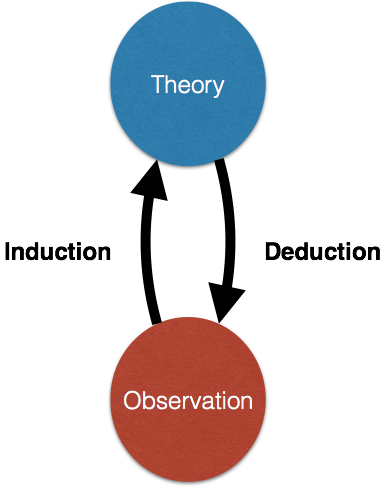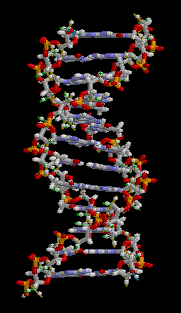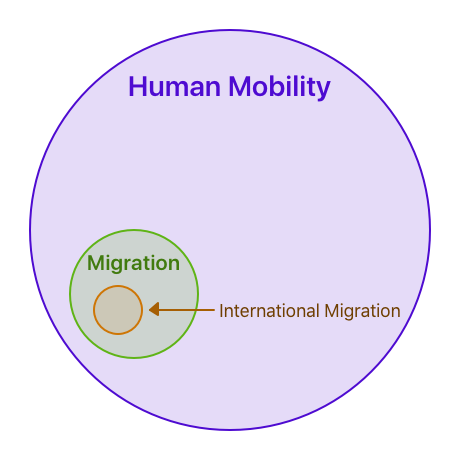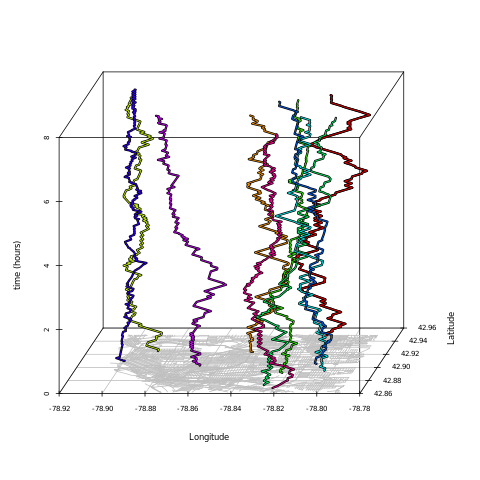Theories of International Mobility and the Incorporation of Immigrants
Class 1: Introduction
Goals
- understand key theories of migration
- methodological understanding
- multiple disciplinary perspectives
- critically engage with the literature
Course Mechanics
Material
- Migration and Mobility: From Patterns to Theory
- Economic Determinants of Migration
- Social and Political Determinants of Migration
- Economic Effects of Migration
- Social and Political Effects of Migration
- Immigrant Adaptation and Incorporation
- Applying Theory
- Mobility, Segregation, and Health
- Migration Policy and Synthesis
Lectures
- Wednesdays, 10:30-13:30, 23.S01
- Assigned readings are posted on Aula Global
Midterm Writing Assignment and Group Presentation
- The goal here is to apply the theory we read during classes 1-6 to a particular migration system and context.
- Each student will pick a country on which to focus and will write a short (2-3 pages not including references) essay about one aspect of migration to, from or within that country. The essay should draw on the articles covered in class, applying them to explain the aspect of migration you have chosen.
- Students will form groups based on the geographic regions of their chosen country case studies.
- Each group will give a presentation in class 7.
Final writing assignment
- Research proposal
- Due at the end of the course
Office Hours
- Thursdays, 10:00-11:00 by appointment. Room 20.100
Philosophy
Research Logics

Research Strategies and Paradigms
Neo-Positivist Approach
- Question
- Hypothesis
- Prediction
- Testing
- Analysis
- Review
- Replication
- Falsification
Inference
- Descriptive
- Causal
Generalization & Simplification
- Parsimony
- Models
Models

Uncertainty
Key Ideas
- Unpredictability
- Randomness and deterministic chaos
- Stochastic vs. systematic components
Migration and Mobility
Migration Definition
a permanent or semipermanent change of residence- Everet S. Lee (1966)
Mobility and Migration

Pattern and Scale

IOM's World Migration Report 2022
- 281 million international migrants globally in 2020 (3.6% of the world’s population)
- $702 billion in remittences
- 89.4 million people living in displacement
- 1.8 billion air passengers
IOM's World Migration Report 2022
- Covid-19 radically altered mobility around the world. Air passenger numbers dropped by 60 per cent in 2020 (1.8 billion) compared with 2019 (4.5 billion), evidence of the massive decline in mobility globally
- Major migration and displacement events due to conflict and severe economic and political instability. Also, large-scale displacements triggered by climate- and weather-related disasters
- Scale of international migration increased, although at a reduced rate due to COVID-19
Abel & Sander (2014)
Animated Chord Diagrams
From Pattern to Theory
Castles (2010)
- Migration-mobility debate
- Sedentary bias: problem of migration as problem
- What should we make of the fact that 3.6% of the world's population are migrants?
- Problem of a single theory of migration
- Social transformation framework
Determinants of Migration: Lee's model
Pessar & Mahler (2003)
gender
- As social construct
- As process
- As structure
Gendered Geographies of Power
- Geographic scales
- Social locations
- Power geometries
- Individual agency
- Cognitive processes
Role of the State
- Feedback between remittances and power structures (e.g. Goldring 2001 on Mexican hometown associations; Fouron & Schiller 2001 on Haitian women's remittances feeding patriarchal structure)
- Human rights abuses and IO-State relationships (e.g. Pessar 2001 on Guatemalan refugees; Bhabha 1996 on Iranian refugees)
- Legalization programs
Social Location and Agency
- communicating across borders
- organizing work tasks when laborers are distant
- negotiating whether to stay abroad or return
- what happens when migrants return
Methodological Recommendations
- examine and measure gender relations longitudinally
- extend longitudinal analysis to multiple generations
- extend analysis to children
- broaden geographic scope of studies